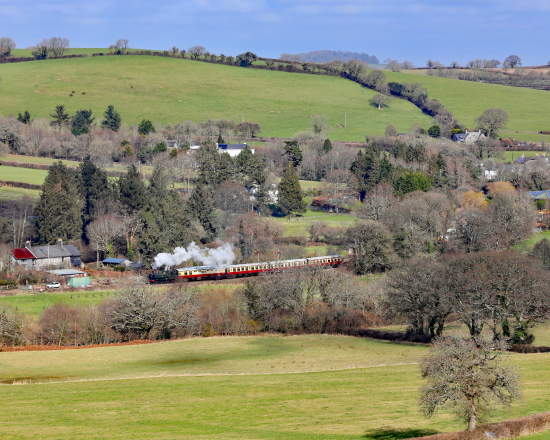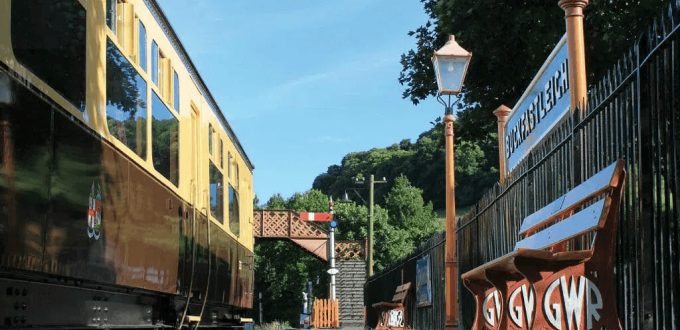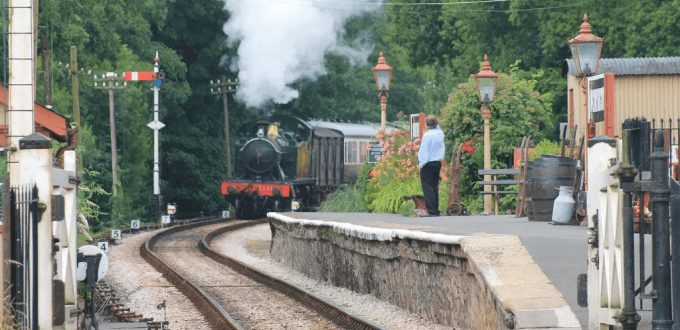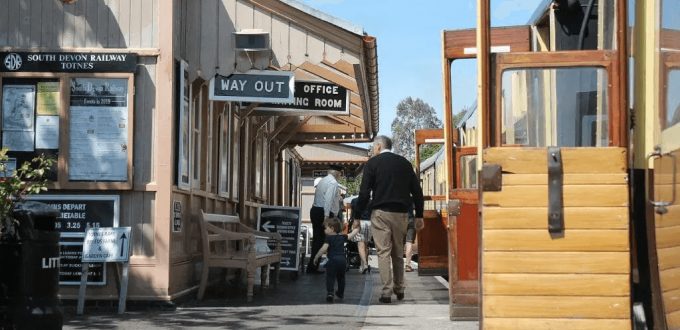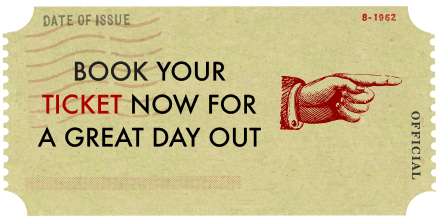Our Line
The South Devon Railway recreates the golden days of travel between the 1930s and 1960s as it takes you on a trip back in time on a traditional Great Western Railway branch line running from Buckfastleigh and Totnes Riverside.
The branch was opened on 1st May 1872. Unfortunately the line never made a profit and had a quiet life, mainly being used for goods traffic, such as coal, wool, cider and agricultural goods, and serving the local population. In November 1958, the line closed to passengers, freight continuing until 1962.
A group of businessmen announced their intention to run the line, to be named the Dart Valley Railway, as a tourist line and in 1965 the first rolling stock arrived. Services between Buckfastleigh and Totnes started in 1969. In 1971, the line from Buckfastleigh to Ashburton was lost to the widening of the A38.
In 1991, the line was taken over by a registered charity, the South Devon Railway Trust and renamed the South Devon Railway.
